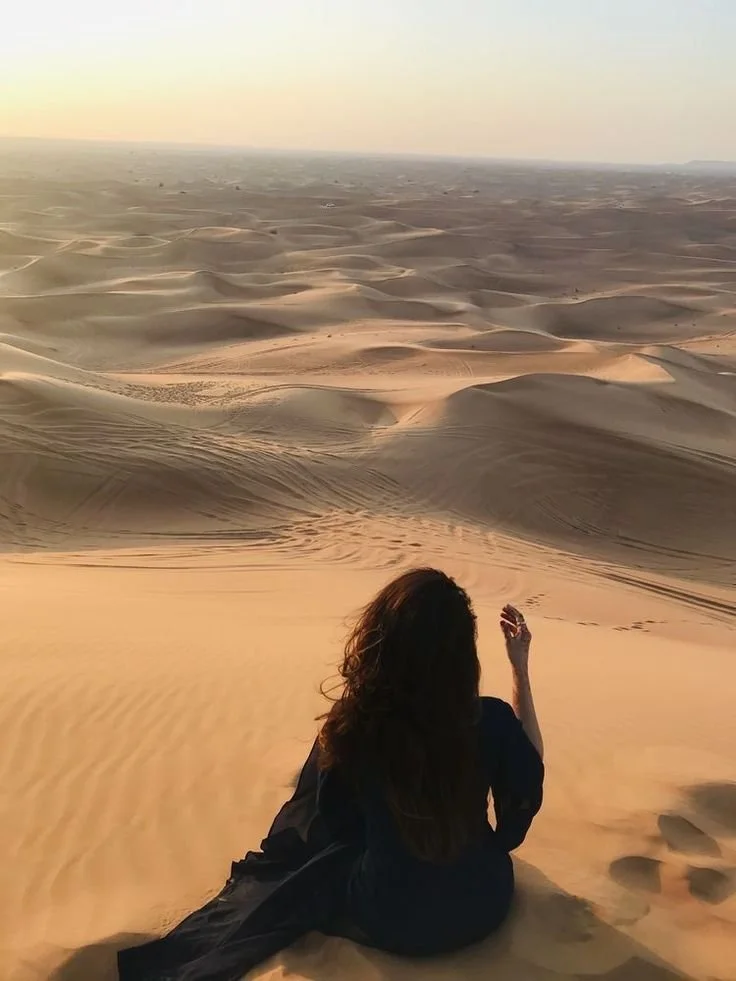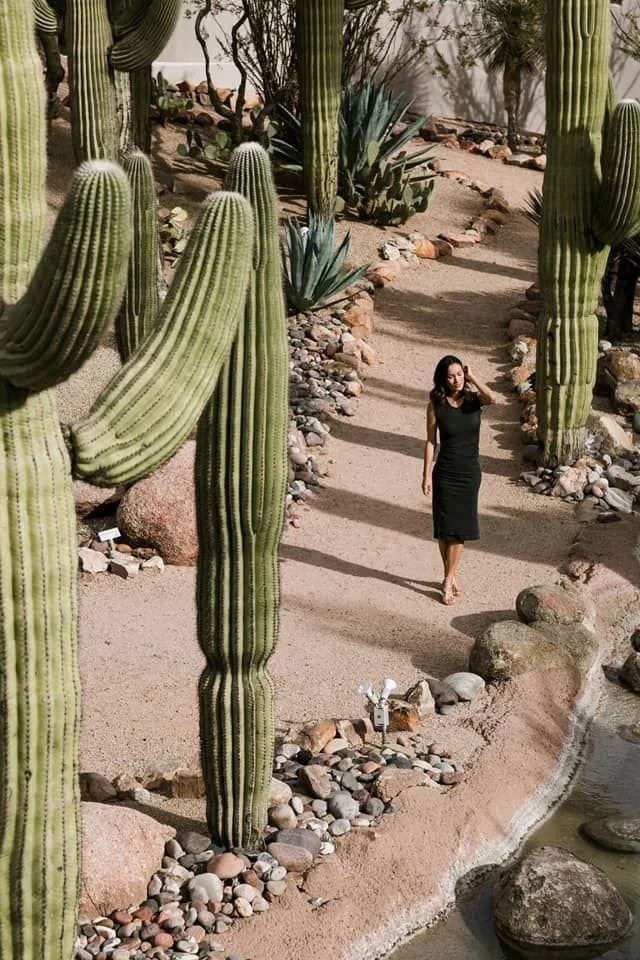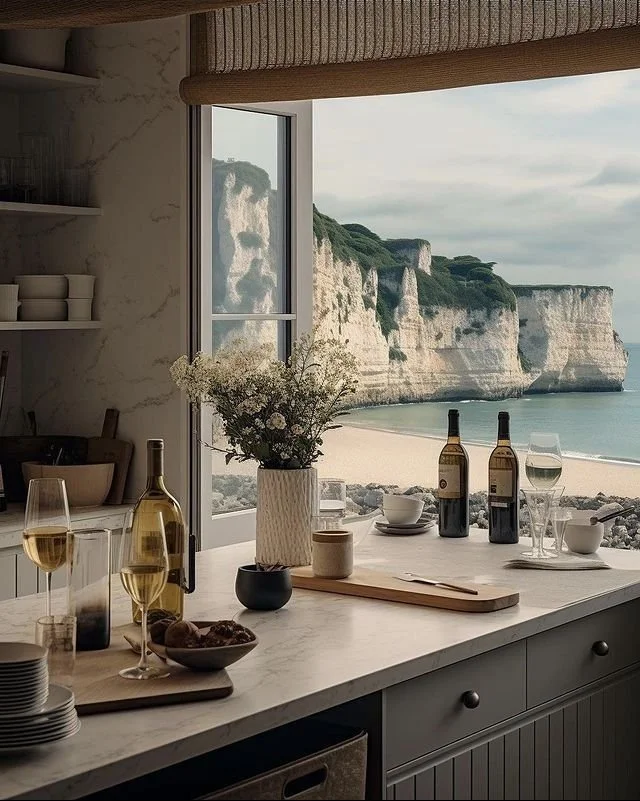Discover Cambodia: A Journey Of Culture, Cuisine, And Hidden Gems
If you desire an extraordinary journey that is truly rich with fascinating history, vibrant culture, and mouth-watering cuisine, then look no further. In this article, we share compelling reasons why Cambodia should be your next travel destination.
From decoding the fascinating wonders of the country's stunning ancient monuments to diving deep into the vibrant local life, broaden your understanding of the diverse and rich cultures that shape this remarkable destination. Lovers of culinary exploration will be thrilled by the unique and tantalizing taste profiles waiting for them in beautiful Cambodia.
Whether you decide to tap into the vibrant flavors offered at charming roadside eateries or upscale establishments that are expertly serving time-honored traditional meals—there is something for everyone. To make for a grand experience, explore all the wonders of Cambodia with ease when you choose to go as a small group. They'll take care of the logistics while ensuring you don't miss any of Cambodia's hidden gems.
The Best Time to Visit
To maximize your enjoyment of Cambodia, consider the timing of your visit based on activities and weather preferences. The dry season from November to April offers favorable temperatures and clear skies, ideal for temple exploration and river travel.
November-April: Dry season with pleasant temperatures.
May-October: Shoulder season with fewer crowds and greener scenery.
June-September: Wet season with occasional rainfall.
Temple Exploration: Visit Angkor Wat during the dry season; explore lesser-known temples during the wet season.
January and February are optimal for temple visits and river travel. To experience Tonle Sap Lake at its fullest, visit toward the end of the wet season.
While March is peak tourist season, experiencing the Cambodian New Year in April offers vibrant celebrations despite humid conditions. If crowds are a concern, avoid December.
Here are just a few of the many hidden gems awaiting your discovery and helpful tips to make for an unforgettable experience:
No. 1
Khmer Culture
The intricate beauty of Khmer culture, spanning nearly two millennia, weaves tradition with the spiritual threads of Buddhism and Hinduism.
In Khmer society, age and seniority command respect, with titles signifying status proudly used before names.
Politeness is paramount; the 'sampeah' gesture—a respectful pressing of palms together and gracious bow—is a genuine show of respect.
The Celebration of Life: Death is viewed as a transition into the next life, with ashes placed in temple stupas symbolically after cremation.
Mourning Customs: Family members shave their heads and wear white clothing to signify grief.
Kinship Bonds: Beyond blood relations, kinship extends to local communities, fostering strong social bonds.
Traditions: Customs like avoiding touching someone's head persist, as the head is believed to represent one's soul.
Festivals like Choul Chnam Thmey (Khmer New Year) and Pchum Ben Day, a 15-day event honoring ancestors with prayers and tributes at pagodas, are significant occasions to experience local traditions firsthand.
The influence of the mighty Khmer civilization resonates across Southeast Asia, with its majestic culture and traditions subtly shaping the region's identity.
No. 2
Angkor Wat
Located in Cambodia's Siem Reap province, Angkor Wat is a pivotal archaeological site in Southeast Asia. Spanning 400 square kilometers, it features ancient cities of the Khmer Empire with intricate hydraulic systems.
The monumental Angkor Wat, rich in symbolic significance, stands among other remarkable architectural feats, showcasing the brilliance of this exceptional civilization.
Architectural Marvel: Khmer architecture, inspired by the Indian subcontinent yet uniquely characteristic, defines oriental art.
A Witness to Splendor: The Angkor complex holds remnants of major structures reflecting the grandeur of past cities.
The Test of Time: Restoration efforts have amplified the authenticity of Angkor's monuments.
A Living Heritage: Angkor embodies a culture rich in traditions and ancestral practices, deserving preservation.
While tourism boosts the economy, it also poses risks to cultural heritage. Research initiatives aim to enhance understanding and promote the protection of this invaluable site, ensuring Angkor remains a testament to time.
No. 3
Phnom Penh
Your adventure begins at the majestic Royal Palace, the official residence of Cambodian kings, with the breathtaking Throne Hall and Silver Pagoda.
Khmer Treasures
The nearby National Museum beckons with countless Khmer artifacts, including the striking 12th-century Bodhisattva Lokesvara.
Divine Dining
Savor unique Khmer cuisine at Malis, renowned for its serene environment. Indulge in dishes like nom banh chok or fish amok that will tantalize your taste buds.
Historical Insights
Visit the Tuol Sleng Genocide Museum, a former high school turned prison, offering profound insights into Cambodia's dark history under the Khmer Rouge. A short drive leads to the Killing Fields memorial, a serene site remembering thousands of victims.
Modern Delights
Discover trendy cafes and boutiques on Street 240, and don't miss a sunset stroll along the Tonle Sap river—a perfect end to your day.
Bargain Hunting
Explore Central Market's diverse offerings within its Art Deco architecture, and hunt for hidden gems in the Russian Market.
No. 4
Relax on Serene Beaches
Spend the day basking in the tranquility of Otres Beach—a Cambodian paradise offering sunsets, swimming, and delectable local cuisine.
Why Otres Beach?
Visitors appreciate Otres Beach for its serenity and calm waters, ideal for families seeking relaxation. The shallow waters are perfect for swimming for both adults and kids.
Dining Experience
Enjoy a variety of food options near the beach, delighting culinary enthusiasts with local flavors.
Maintaining Serenity
While occasional cleanliness issues are noted, efforts are made to maintain the beach, and the overall experience remains positive. For real-life experiences, read reviews here.
No. 5
Uncover Hidden Gems
Cambodia's hidden jewels offer rich cultural experiences beyond the typical tourist spots.
Begin with youthful Battambang, where you can bicycle along a charming riverfront adorned with French colonial architecture and visit social enterprises like Jaan Bai restaurant and Cafe Kinyei.
Don't miss a ride on the bamboo railway or a visit to the poignant Killing Cave.
Kampong Cham & Kampong Chhnang
Kampong Cham captivates with ancient citadels like Prasat Preah Khan of Kampong Svay, nestled among dense forests. In Kampong Chhnang, enjoy tranquil boat trips through less crowded floating villages and explore notable clay pottery workshops.
Kep and Kampot
Discover relaxed atmospheres in Southern Cambodia's Kep and Kampot, with beautiful beaches and national parks like the remarkable Bokor National Park.
Mondulkiri
Mondulkiri's breathtaking waterfalls, lush jungles, and rolling hills are unforgettable. Encounter gibbons and elephants amidst this wild terrain.
No. 6
Flavorful Cambodian Cuisine
Nyum Bai, located in Los Angeles's Fruitvale, is a vibrant home to traditional Cambodian cuisine run by Nite Yun.
The menu features dishes like kuy teav Phnom Penh, a flavorful noodle soup harmonizing sweet, savory, and umami tastes with a rich pork broth, lime, cilantro, and fried garlic.
Culinary Highlights
Adventurous eaters should try cha troup—charred eggplant with ground pork and shrimp—and koh, caramelized pork belly with bamboo shoots and a soft-boiled egg in a tangy palm sugar sauce.
Dine in Style
Dining at Nyum Bai is an immersive experience amid cultural artifacts and aromas of Cambodian culture. Reservations are not accepted for parties under eight, so early arrival is ideal.
No. 7
Travel Tips and Requirements
When planning your trip to Cambodia, understanding entry and exit requirements is essential. U.S. citizens need a valid passport (with at least six months' validity and a blank page) and a Cambodian visa.
Tourist visas (Type-T) and business visas (Type-E) are available. It's suggested you opt for the convenient Cambodia eVisa.
Ensure your passport is undamaged and has sufficient validity if renewing or extending your visa in Cambodia. The eVisa application is straightforward, involving an online form with basic personal details.
Tourist visas are valid for 30 days from entry. Keep your departure form safe; if lost, contact immigration officials before exiting.
Apply for an eVisa at least four days in advance, and consult the Royal Embassy of Cambodia for the latest information on fees and requirements.
Takeaways
There you have it! From the enchanting Khmer culture and historic landmarks to the tranquil beaches and traditional Cambodian food, Cambodia truly has a unique allure. Eager yet? Start crafting your ideal Cambodian adventure today!
Looking for Travel resources?
Looking to embark on a transformative journey to discover new cultures, expand your horizons, and reconnect with yourself? From soul-nourishing destinations to transformative experiences around the globe, let us be your companion on the path to self-discovery through travel.































